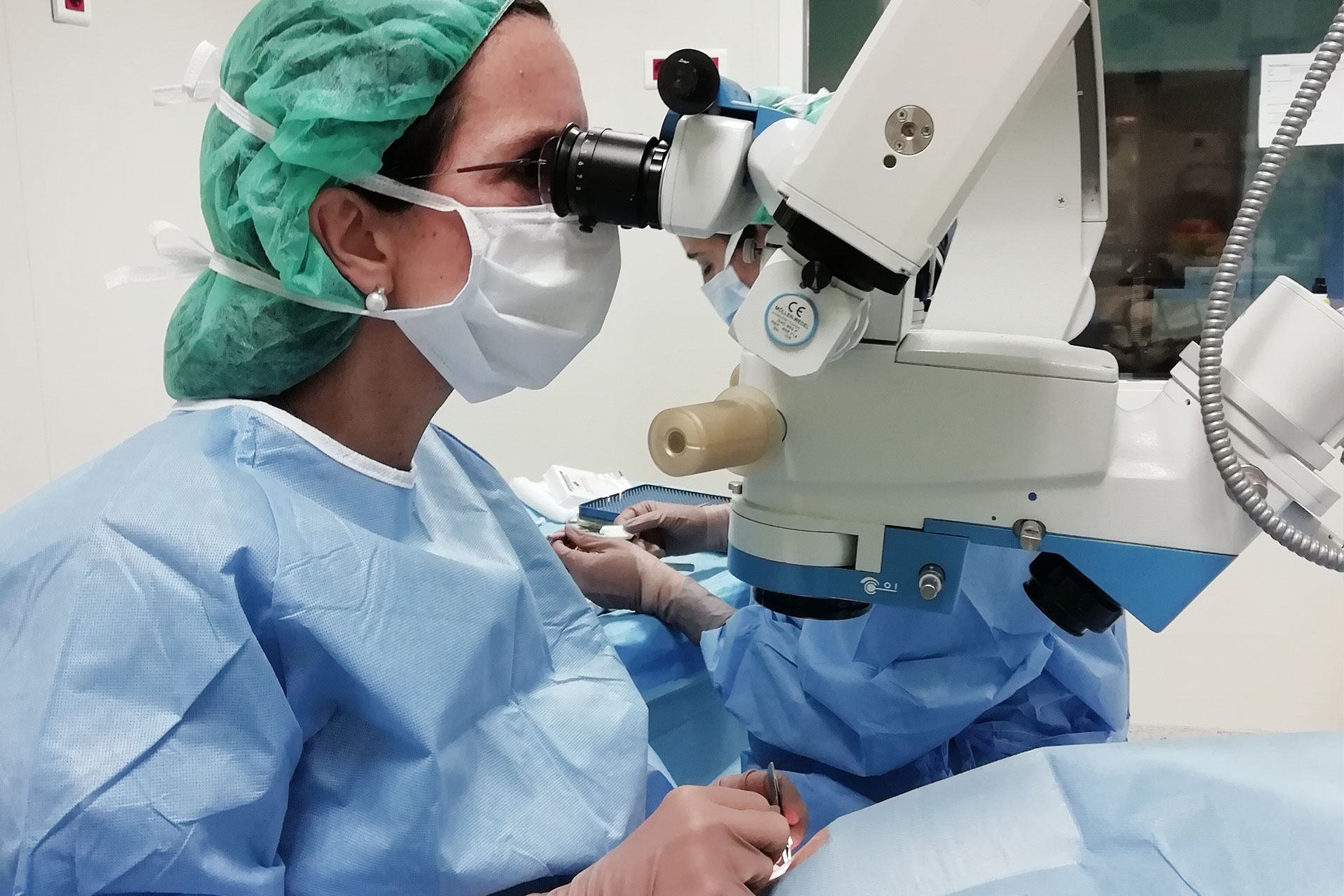Glaucoma, often referred to as the “silent thief of sight,” is a group of eye conditions that can lead to irreversible vision loss if left untreated. While there are several treatment options available, the choice of the most suitable approach depends on various factors, including the type and severity of glaucoma.
In this article, we’ll delve into the treatment options for glaucoma and consider whether glaucoma surgery is typically the first choice.
Understanding Glaucoma
Before discussing treatment options, let’s briefly understand glaucoma. Glaucoma is a condition characterized by increased intraocular pressure (IOP), which can damage the optic nerve, leading to vision loss. It is a progressive condition that often develops slowly and may go unnoticed until significant damage has occurred. There are different types of glaucoma, with primary open-angle glaucoma and angle-closure glaucoma being the most common forms. Click here for understanding the prevalence of Glaucoma.

Treatment Approaches for Glaucoma
The primary goal of glaucoma treatment is to reduce intraocular pressure and prevent further optic nerve damage. The choice of treatment depends on factors such as the type of glaucoma, its severity, the patient’s overall health, and their ability to comply with treatment regimens. Here are some common approaches to treating glaucoma:
Medication
In many cases, glaucoma can be managed with prescription eye drops or oral medications. These medications work by either reducing the production of aqueous humor (the fluid in the eye) or by improving its drainage. While medication can be effective, it typically requires strict adherence to a regimen, and some individuals may experience side effects.
Laser Therapy
Laser therapy is another non-surgical option for treating glaucoma. There are different laser procedures available, including selective laser trabeculoplasty (SLT) and laser peripheral iridotomy (LPI). These procedures can help improve the drainage of fluid from the eye and reduce intraocular pressure. Laser therapy is generally well-tolerated and may be used as an initial treatment or in conjunction with medications.
Glaucoma Surgery
Glaucoma surgery, including traditional trabeculectomy and newer minimally invasive glaucoma surgery (MIGS) procedures, is typically considered when other treatment options have not effectively controlled intraocular pressure. Glaucoma surgery involves creating a new drainage pathway for the aqueous humor to reduce IOP. While effective, surgery is usually reserved for more advanced or unresponsive cases of glaucoma.

Is Glaucoma Surgery the First Choice?
Glaucoma surgery is not typically the first choice for treating glaucoma. Instead, healthcare providers often begin with conservative approaches, such as medication and laser therapy, to manage the condition. These treatments are generally effective in controlling glaucoma and may not require the risks associated with surgery.
Glaucoma surgery is considered when:
- Medications and laser therapy fail to control IOP adequately.
- The patient’s condition is progressing despite treatment.
- The patient cannot tolerate or adhere to medication regimens.
- The glaucoma is severe and poses a significant risk to vision.
It’s important to note that glaucoma surgery, while effective, carries potential risks and requires careful consideration by both the patient and the healthcare provider. The decision to proceed with surgery is typically made after a thorough evaluation of the individual’s specific circumstances.
In conclusion, the first choice of treatment for glaucoma usually involves non-surgical options such as medication and laser therapy. These approaches are effective in managing the condition for many individuals. Glaucoma surgery is considered when other treatments are insufficient in controlling intraocular pressure or when the condition is advanced. The decision regarding the most appropriate treatment is made on a case-by-case basis, taking into account the patient’s specific needs and the severity of their glaucoma.

